Your Minecraft runs at 20 FPS while your RTX 3060 sits at 30% usage. You’ve lowered every setting, allocated more RAM, and still watch as your game stutters through a slideshow. Sound familiar? Vanilla Minecraft’s code is fundamentally broken when it comes to performance.
The good news? The modding community has completely rewritten Minecraft’s most inefficient systems. Modern performance mods don’t just tweak settings – they replace entire rendering engines, rewrite lighting calculations, and fix decade-old bugs that Mojang hasn’t touched.
Real-World FPS Gains with Performance Mods
Why Sodium Now Rules Minecraft Performance
For over a decade, OptiFine was the only name in Minecraft optimization. Install it, get better FPS, enable shaders. Simple. But here’s what changed: the modding community got tired of waiting months for OptiFine updates and dealing with its notorious mod incompatibilities. So they built something better.
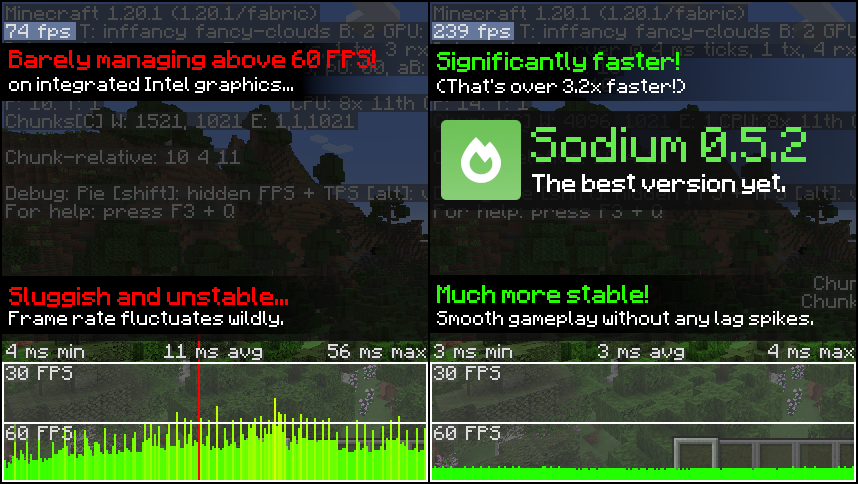
Sodium doesn’t just optimize Minecraft’s rendering – it completely replaces it. While OptiFine applies bandaids to vanilla’s broken renderer, Sodium throws it out and installs a modern, efficient engine built with current OpenGL practices. The results speak for themselves: where OptiFine might double your FPS, Sodium regularly delivers 3-5x improvements.
Outdated, slow updates, breaks other mods
The undisputed performance champion
The technical superiority isn’t just marketing. Here’s what Sodium actually does:
- Modern OpenGL: Uses vertex array objects and instanced rendering instead of vanilla’s immediate mode from 2009
- Chunk Culling: Only renders visible chunks using frustum and occlusion culling algorithms
- Memory Optimization: Stores chunk data in compact formats, reducing RAM usage by 50%+
- Multithreaded Building: Uses all CPU cores to build chunk meshes, not just one
- Draw Call Batching: Combines thousands of individual draw calls into a few dozen
OptiFine tries to optimize the existing broken system. Sodium replaces it entirely with code that wouldn’t embarrass a 2024 game engine.
Step 1: Choose Your Mod Loader (This Matters More Than You Think)
Before installing any performance mods, you need a mod loader. This choice determines which mods you can use and impacts base game performance before you’ve even added anything.
Choose wrong, and you’re handicapping yourself from the start.
| Mod Loader | Performance Impact | Best For | Key Advantages | Verdict |
|---|---|---|---|---|
| Fabric | Minimal overhead | Performance mods, vanilla+ gameplay | Lightweight, fast updates, home of Sodium | Best for FPS |
| Forge | Heavy overhead | Large content modpacks | Biggest mod selection, established ecosystem | Poor for performance |
| NeoForge | Moderate overhead | Modern content packs | Forge compatibility with better stability | Forge alternative |
| Quilt | Minimal overhead | Fabric alternative | Compatible with most Fabric mods | Good option |
Build Your FPS Machine
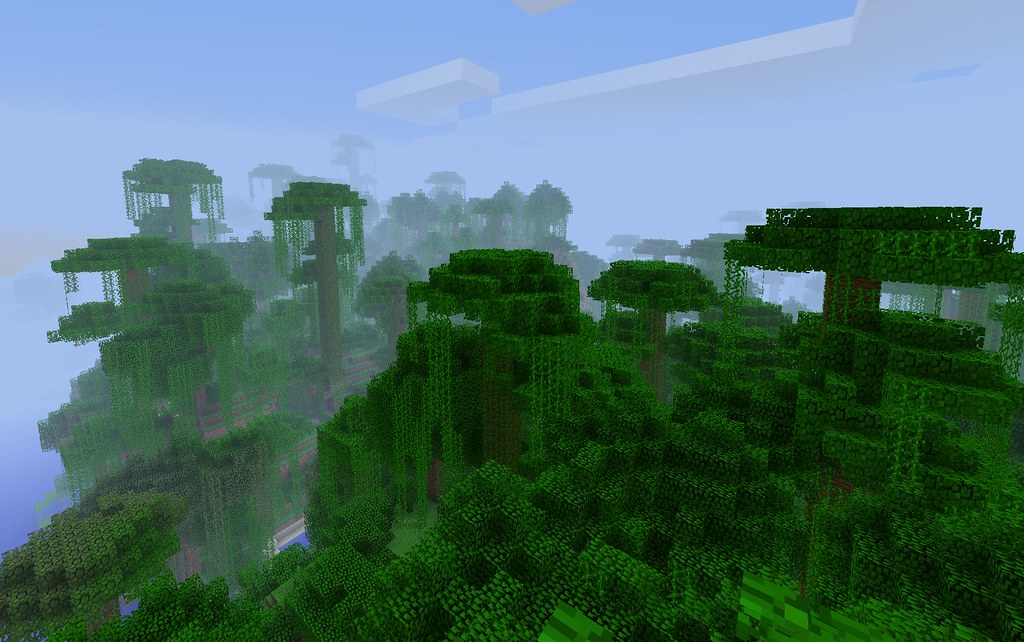
Modern Minecraft optimization isn’t about one miracle mod – it’s about assembling a stack of specialized tools that each fix different performance bottlenecks. Think of it like building a gaming PC: you need the right CPU, GPU, and RAM working together. Here’s your optimal build order:
The Ultimate Fabric Performance Stack
Install in this order for maximum compatibility
Getting OptiFine Features Without OptiFine
The main reason people still cling to OptiFine? Features like shaders, zoom, and connected textures. Good news: the Fabric ecosystem has superior replacements for every single OptiFine feature. Here’s your translation guide:
| OptiFine Feature | Fabric Alternative | Is It Better? | Notes |
|---|---|---|---|
| Shaders | Iris Shaders | Yes | Higher FPS with same shaders, better compatibility |
| Zoom | WI Zoom / Zume | Yes | Customizable zoom levels, smoother animation |
| Connected Textures | Continuity | Equal | Full CTM support, works with resource packs |
| Better Grass | LambdaBetterGrass | Yes | More options and better performance |
| Dynamic Lights | LambDynamicLights | Equal | Same feature, better mod compatibility |
| Custom Entity Models | Entity Model Features | Mostly | CEM support still being perfected |
| HD Textures | Built into Fabric | Yes | No mod needed for HD texture support |
| Advanced Settings | Sodium Extra + Reese’s Options | Yes | More granular control than OptiFine |
Iris doesn’t just match OptiFine’s shader support – it exceeds it. By working directly with Sodium’s modern renderer, Iris achieves 20-50% better performance with the same shader packs. Popular shaders like Complementary, BSL, and Sildur’s run noticeably smoother. Plus, Iris updates within days of new Minecraft versions, while OptiFine shader support can lag by months.
Level Up Your Minecraft Experience
Get expert guides, pro tips, and the latest performance tweaks on Hone.gg.
Explore Minecraft on Hone.ggPre-Made Minecraft Performance Modpacks
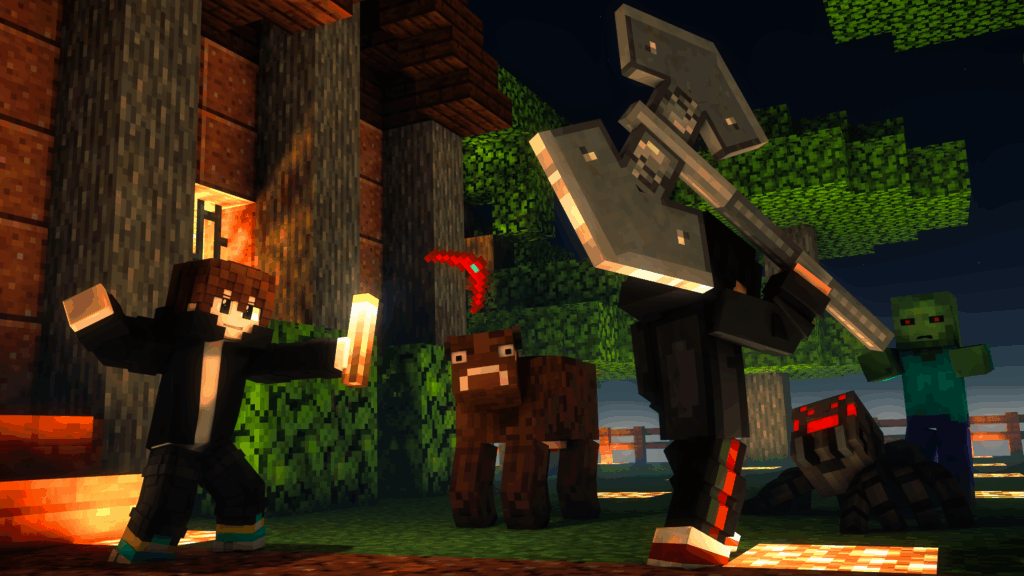
Don’t want to assemble mods manually? The community has created performance-focused modpacks that bundle everything with zero configuration needed. One click, massive FPS boost, potentially more than from Minecraft settings.
Top Performance Modpacks
Install through CurseForge, Modrinth, or ATLauncher
For Minecraft Forge Users
Stuck with Forge because your favorite modpack requires it? While you won’t match Fabric’s performance ceiling, these ports and alternatives will still deliver significant improvements:
- Embeddium: Forge port of Sodium (slightly lower performance but still excellent)
- Canary: Forge port of Lithium for logic optimization
- Starlight Forge: Available for older versions, use Moonrise on newer
- Entity Culling: Has native Forge version
- FerriteCore: Works on both Fabric and Forge
- Clumps: Groups XP orbs to reduce entity lag
- ModernFix: Fixes numerous vanilla bugs and memory leaks
Advanced Option: The Sinytra Connector lets you run some Fabric mods on Forge, potentially allowing Sodium on Forge modpacks. Complex setup but powerful results.
System-Level Optimization
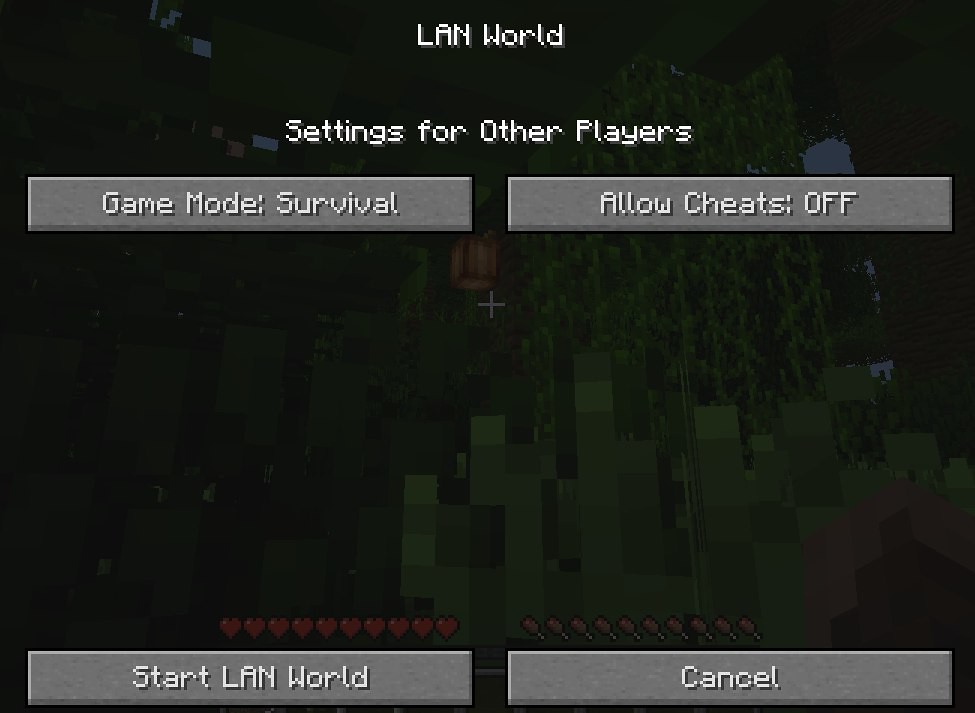
Even the best mods can’t fix problems outside Minecraft itself. If Windows is hogging resources or your drivers are misconfigured, you’re leaving performance on the table.
Here’s how to make Minecraft less laggy:
-XX:+UseG1GC -XX:+ParallelRefProcEnabled -XX:MaxGCPauseMillis=200 -XX:+UnlockExperimentalVMOptions -XX:+DisableExplicitGC -XX:+AlwaysPreTouch. These optimize garbage collection and memory management for 10-20% better performance.
- Allocate Proper RAM: 4-8GB for vanilla, 6-10GB for modded. Never allocate all system RAM
- Update Graphics Drivers: Outdated drivers can cost you performance and cause numerous issues
- Disable VSync: In-game and in graphics driver settings, unless paired with G-Sync/FreeSync + Reflex/Anti-Lag for the lowest latency.
- Windows Game Mode: Actually helps with Minecraft unlike most games
- Close Background Apps: Chrome, Discord, and others eat CPU cycles
- Use 64-bit Java: Required for allocating more than 3.5GB RAM
Installation Guide for Minecraft Mods
Ready to transform your Minecraft performance? Here’s the exact step-by-step process to go from vanilla stuttering to buttery smooth gameplay:
Quick Installation Process
The Bottom Line
Vanilla Minecraft’s performance is inexcusably bad in 2025. The game still uses rendering techniques from 2009, wastes CPU cycles on invisible entities, and leaks memory like a sieve. But thanks to the modding community, you don’t have to suffer through it.
The Fabric ecosystem, led by Sodium, has completely revolutionized Minecraft performance. By replacing entire subsystems rather than patching them, these mods deliver performance gains that feel like upgrading your entire computer. The old OptiFine monopoly is dead, replaced by a vibrant, open-source community that updates faster and performs better.
Frequently Asked Questions
Is Sodium better than OptiFine for FPS?
Yes, Sodium consistently delivers 2-3x better performance than OptiFine. While OptiFine might double your FPS, Sodium typically provides 200-500% improvements by completely replacing Minecraft’s rendering engine with modern, efficient code. Sodium also has better mod compatibility and updates much faster for new Minecraft versions.
What mods should I install for maximum Minecraft FPS?
For maximum FPS, install these mods on Fabric: Sodium (rendering), Lithium (game logic), Moonrise (lighting/chunks), Entity Culling (hide unseen entities), FerriteCore (memory optimization), and ImmediatelyFast (entity rendering). This stack can boost FPS by 300-500% over vanilla. For convenience, use pre-made packs like Fabulously Optimized.
Do I need Fabric or Forge for performance mods?
Fabric is strongly recommended for performance mods. It has minimal overhead, faster updates, and is home to cutting-edge optimization mods like Sodium. While Forge has ports like Embeddium, they typically perform 10-20% worse than the Fabric originals. Only use Forge if you need specific content mods unavailable on Fabric.
Can I use shaders with Sodium?
Yes, use Iris Shaders alongside Sodium for full shader support. Iris is specifically designed to work with Sodium and actually provides better shader performance than OptiFine. Most OptiFine shader packs work perfectly with Iris, including popular ones like BSL, Complementary, and Sildur’s.
Why does Minecraft run so poorly without mods?
Vanilla Minecraft uses outdated rendering techniques from 2009, including immediate mode OpenGL that modern GPUs hate. It renders entities you can’t see, has inefficient lighting calculations, poor memory management, and wastes CPU cycles on single-threaded operations. Performance mods fix these fundamental architectural problems.
Do performance mods work on servers?
Client-side mods like Sodium work on any server without the server needing them. Some mods like Lithium work on both client and server for best results. You can join vanilla servers with your full performance mod stack installed – the server won’t know or care about your client-side rendering optimizations.
How much RAM should I allocate with performance mods?
Allocate 4-6GB for vanilla with performance mods, or 6-10GB for modpacks. More isn’t always better – too much RAM causes garbage collection stutters. Performance mods like FerriteCore reduce RAM usage by 30-40%, so you need less than vanilla. Never allocate more than 75% of system RAM.
Will performance mods get me banned from servers?
No, performance mods like Sodium, Lithium, and Entity Culling are completely safe on all servers. They only modify client-side rendering and don’t provide any unfair advantages. They’re as safe as using OptiFine. Even competitive servers like Hypixel explicitly allow these optimization mods.
What’s the easiest way to install performance mods?
The easiest method is using pre-made modpacks like “Fabulously Optimized” from CurseForge or Modrinth. One click installs everything perfectly configured. For manual installation: install Fabric loader, download mods from Modrinth, place in mods folder, launch. Takes under 5 minutes total.
Can I use OptiFine with Sodium?
No, OptiFine and Sodium are incompatible because they both try to replace the same rendering system. You must choose one or the other. Since Sodium provides better performance and the Fabric ecosystem includes alternatives for every OptiFine feature (Iris for shaders, zoom mods, etc.), there’s no reason to use OptiFine anymore.
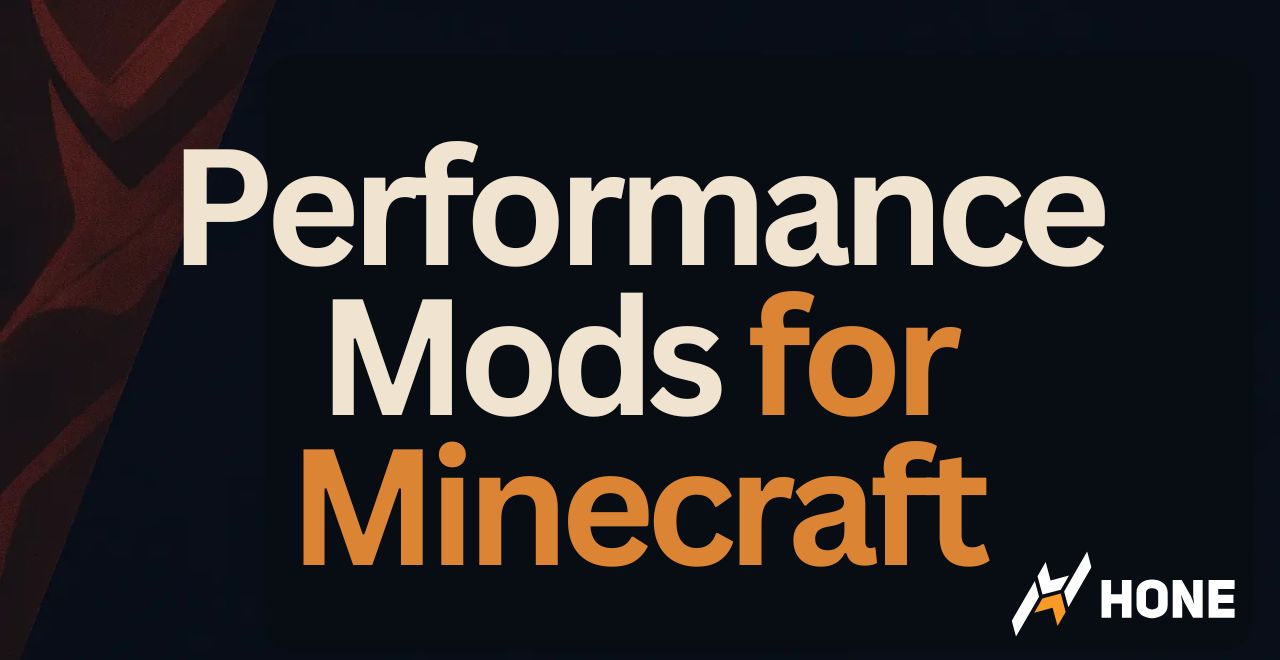

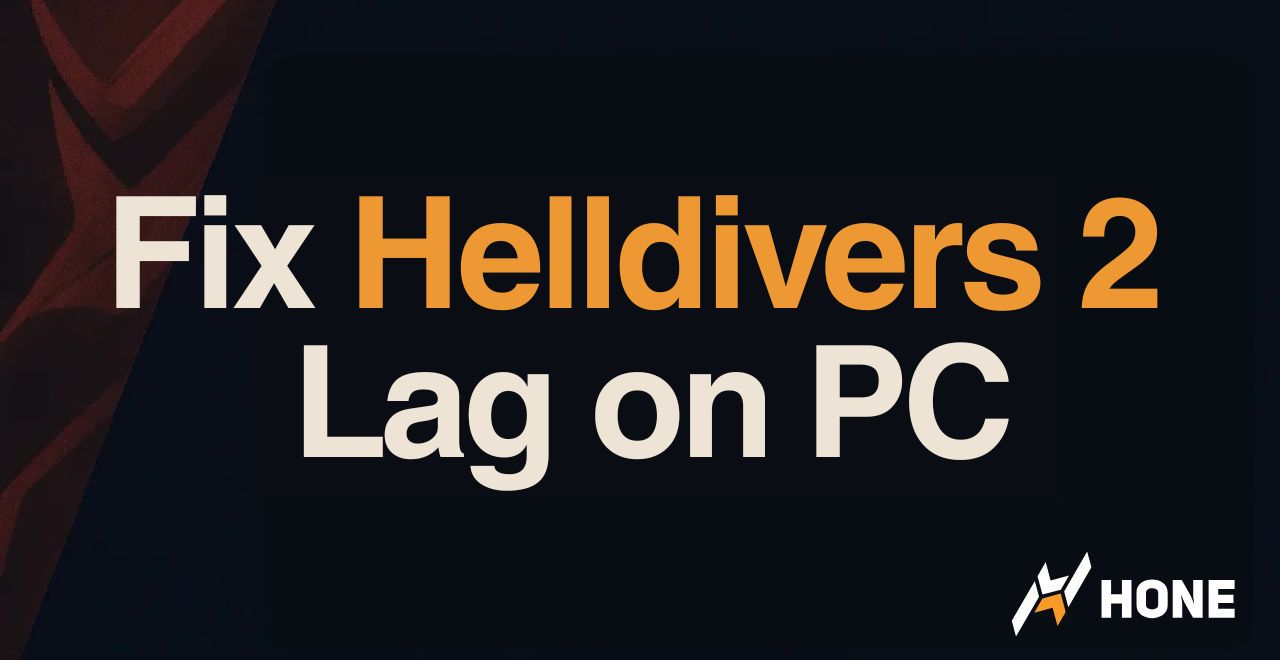
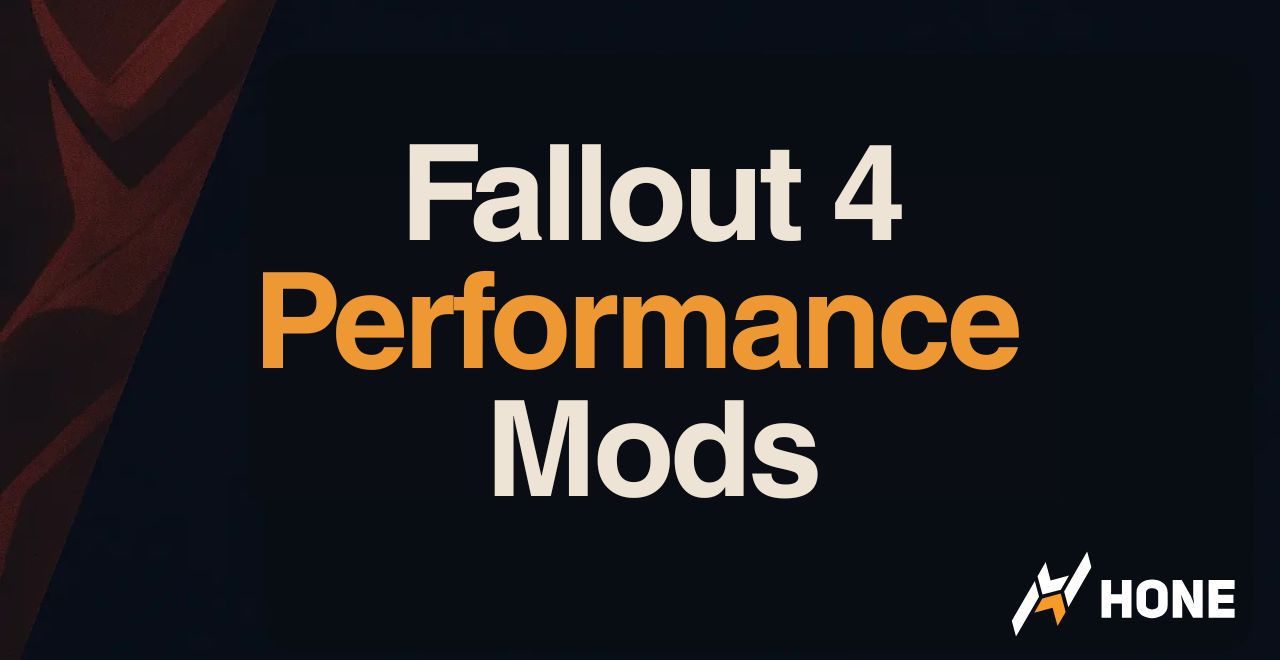
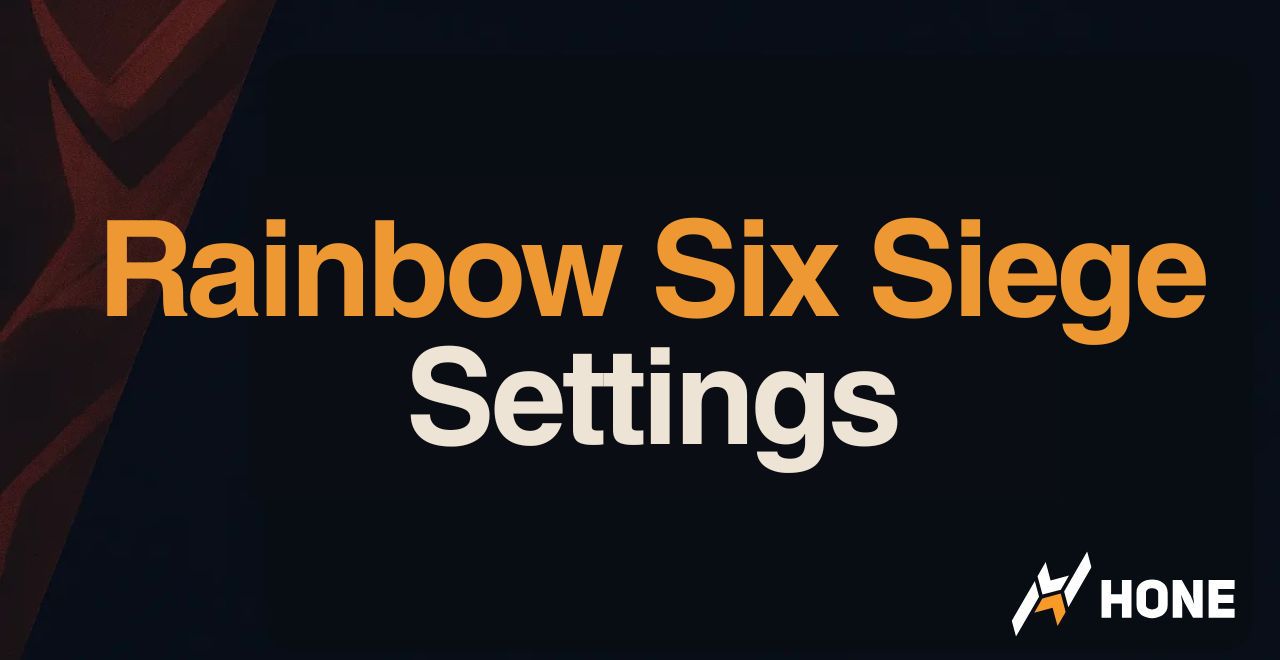
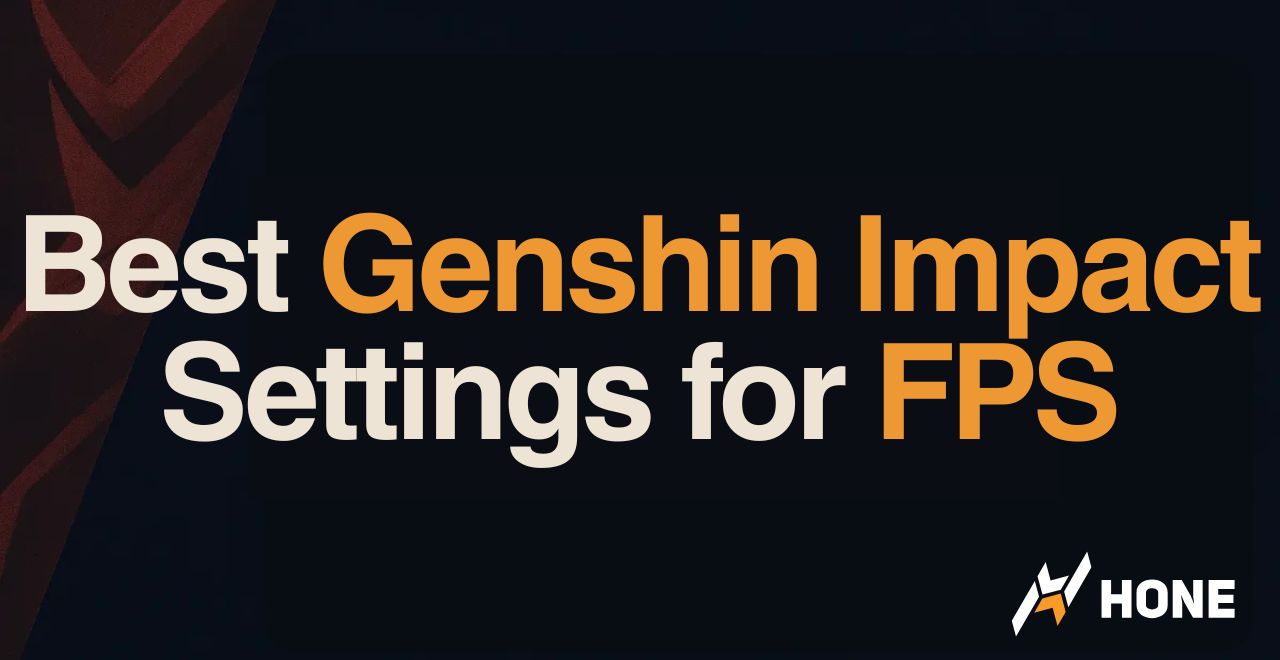
 Discord
Discord
 Instagram
Instagram
 Youtube
Youtube
 TikTok
TikTok